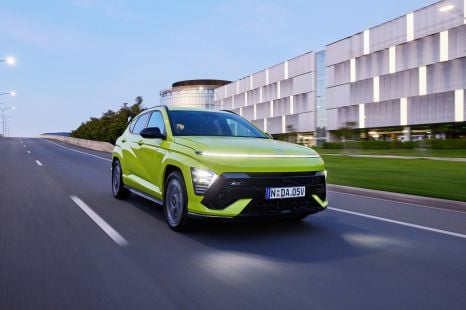

Derek Fung
Hyundai design executive is sick of light bars
2 Hours Ago

Publisher
The global CEO of Ford Motor Company has singled out Australia and South Africa’s lack of electric vehicle infrastructure as one of the main reasons why the iconic American brand cannot go full EV in the near future.
Speaking to The Verge around the launch of the all-new Ford F-150 Lighting and Ford Mustang Mach-E, Ford boss Jim Farley said that until countries like Australia improve their infrastructure the company cannot transition to a full EV line-up.
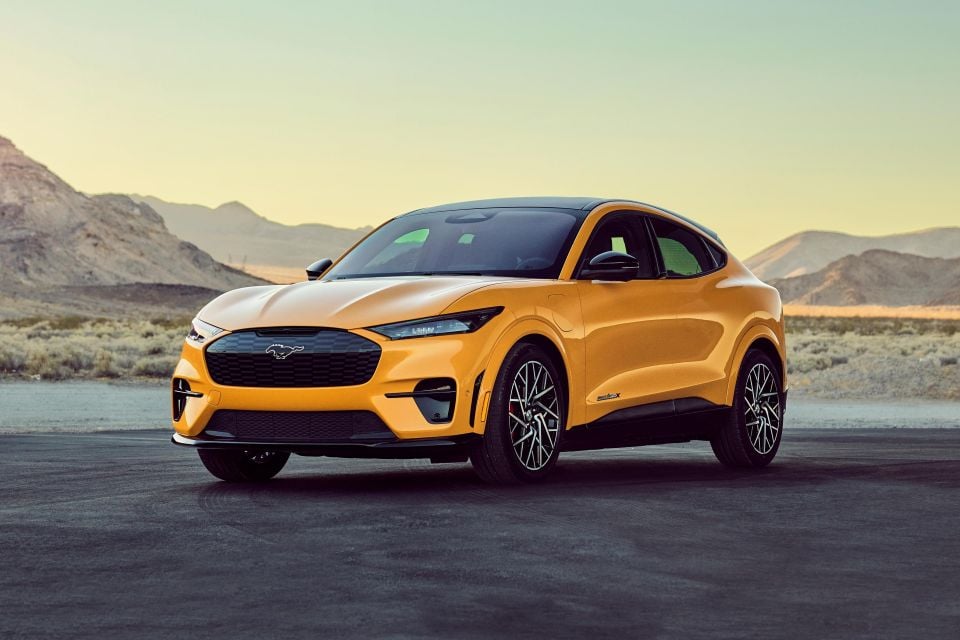
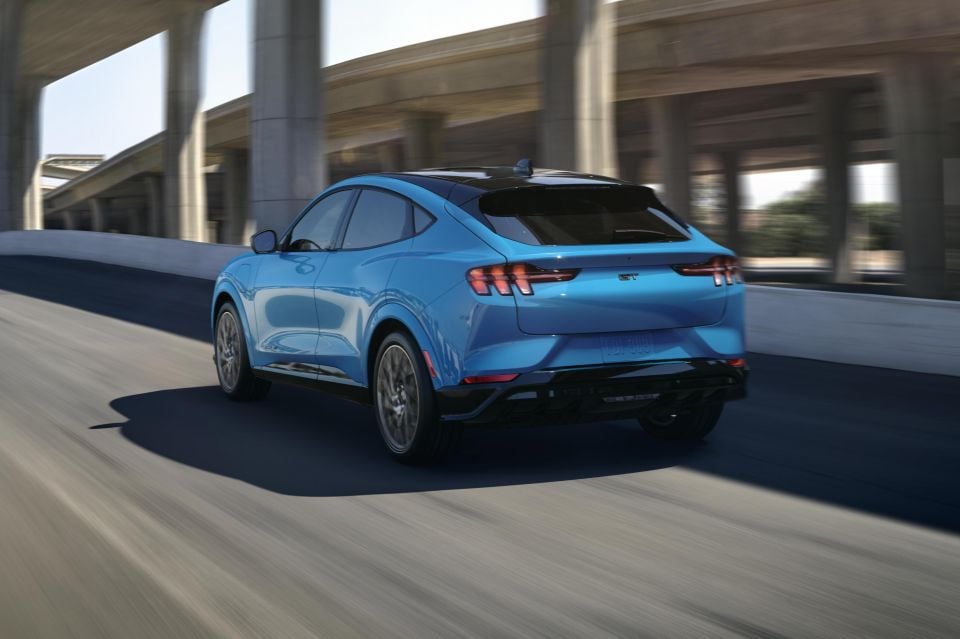
“We have to get to solid state [batteries], and a lot of things have to happen. Infrastructure would have to improve in places like South Africa and Australia,” Farley told The Verge.
“Ford is unlike a lot of our competitors, we didn’t really shrink our global footprint. So we’re still a very large company in Australia and Thailand and South Africa. I think it will take some time for those societies to move to full electric.”
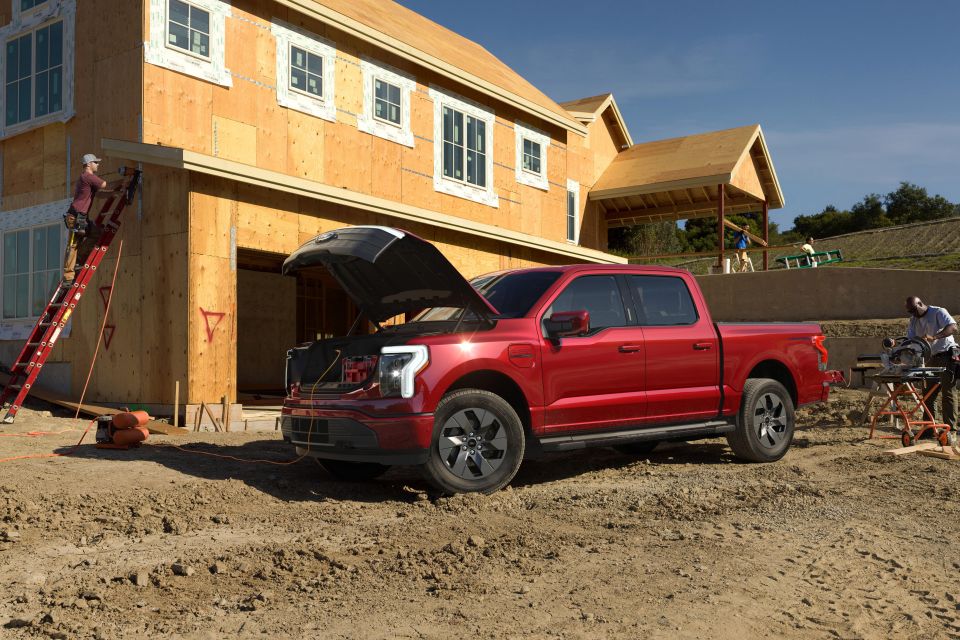
Ford has reportedly taken more than 20,000 pre-orders for the F-150 Lighting pickup truck, which is priced from just under $40,000 USD ($52,000) not including any state or federal EV incentives, of which there are a fair few in the US, unlike Australia.
Interestingly, according to Farley, customers who are keen to move to an electric pick-up, would pick Ford over EV leader Tesla.
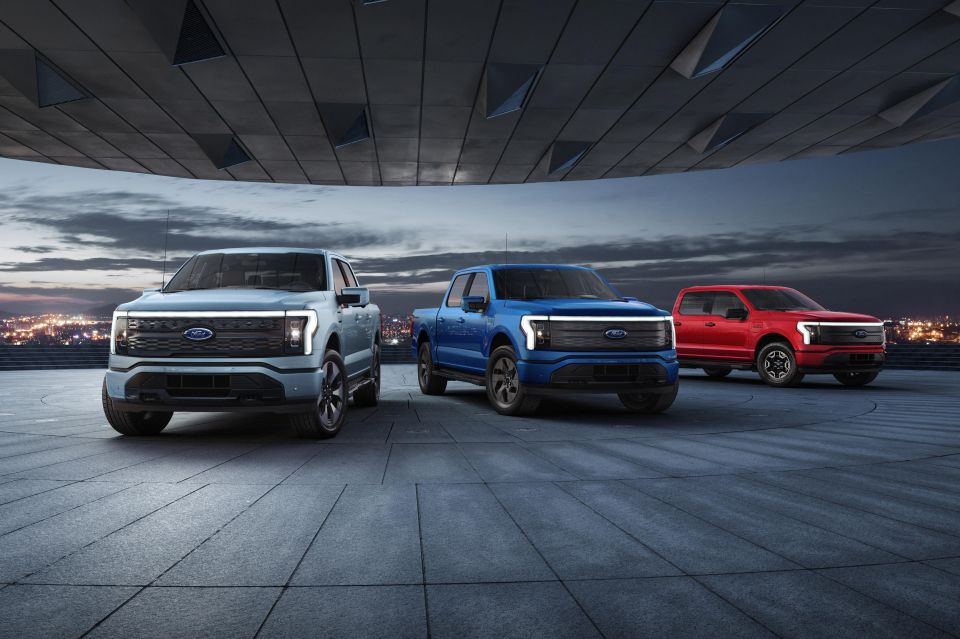
“We did a survey recently and asked customers who were intending to buy a pickup truck: if you were going to buy an electric pickup truck, who would you buy it from? Who would you expect to do a good job to come to the market? Ford was by far the most preferred brand. Unlike sedans, where Tesla was a preferred brand. We were way above Tesla [in trucks], because of our history, and we know this customer.”
Ford, like most other manufacturers, is investing massive amounts of money into EVs, $US22 billion ($AUD28.3b) to be exact and the F-150 Lighnting and the Mustang Mach-E will be the first of many to come.
According to Farley, Ford will sell a retail version of the F150 Lightning as well as a basic version for commercial use, which he says will be white only and come with very basic specifications.

It will be aimed directly at those looking for a work vehicle, which Farley says will mean that charging will be much simpler as they will work with those businesses to provide a fast charging solution at the vehicle’s base.
On the other hand, he says Ford is looking to rapidly expand its charging network (60,000 charging points in the USA already) to better compete with Tesla.
Although Australia remains out of reach for Ford’s best-selling but left-hand drive only vehicle for now (over 1.1 million F-150s are sold each year in North America, more than total new car sales in Australia), the lack of EV infrastructure in our country is now clearly dictating future product strategy for our market, whereby we will likely miss out on even more product than in the past.
Where expert car reviews meet expert car buying – CarExpert gives you trusted advice, personalised service and real savings on your next new car.
Alborz Fallah is a CarExpert co-founder and industry leader shaping digital automotive media with a unique mix of tech and car expertise.


Derek Fung
2 Hours Ago
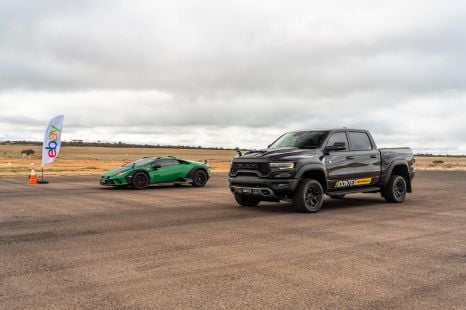

Paul Maric
9 Hours Ago
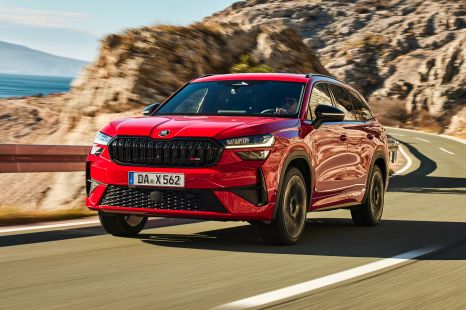

James Wong
16 Hours Ago
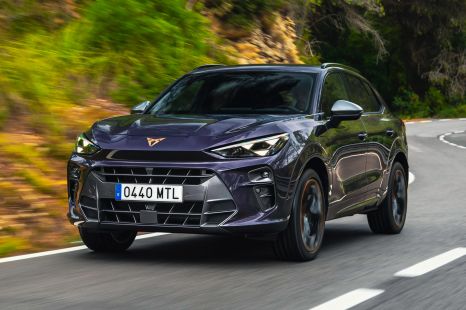

James Wong
16 Hours Ago


CarExpert.com.au
17 Hours Ago
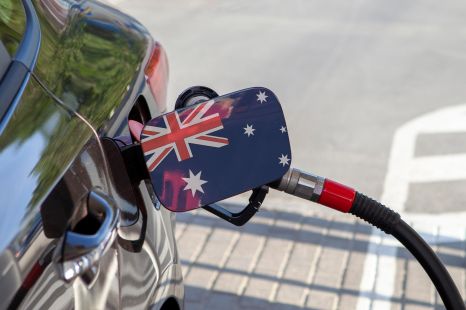

Damion Smy
17 Hours Ago